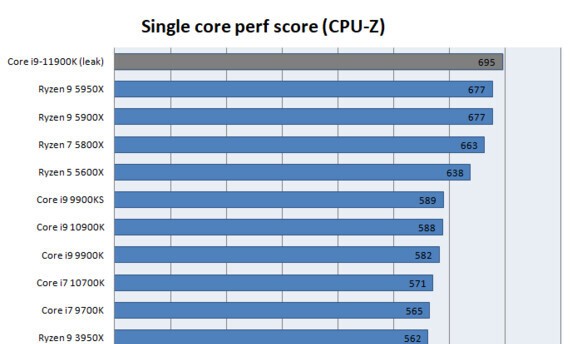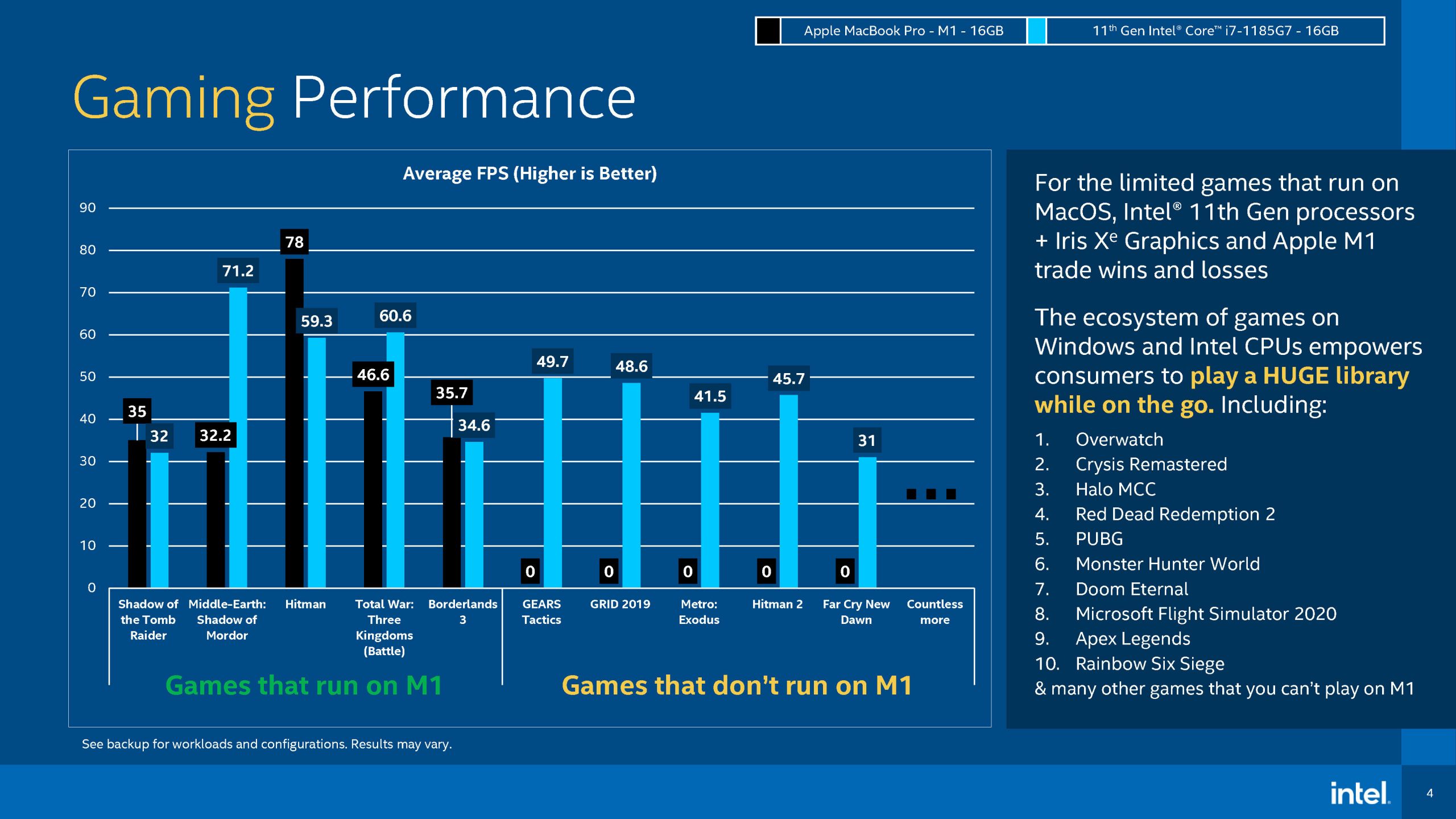

- ULTRA CHIP COMPUTATIONAL FLUID DYNAMICS BENCHMARKS FULL
- ULTRA CHIP COMPUTATIONAL FLUID DYNAMICS BENCHMARKS PRO
- ULTRA CHIP COMPUTATIONAL FLUID DYNAMICS BENCHMARKS MAC
However, it cautions that the answer to the question ‘Which Mac Studio model should you buy?’ may be ‘Neither.’ If you’re connecting peripherals that require the speed of Thunderbolt (up to 40Gb/s), which is four times faster than USB-C. The Ultra model also has two Thunderbolt ports on the front, while the Max model has slower USB-C ports. If you do need to do heavier photo work, however, the higher RAM limits of the Ultra can come in handy. Again, recognize what your workflow demands, and then pick accordingly.Īside from the chips, there is another key difference between the two models – and if you spend a lot of time transferring large files, like video files, that alone could be worthwhile. If you’re a photo editor, the almost identical single-core performance of both models will mean you’re better off with the cheaper version in terms of value. If you’re heavy into ProRes and video codecs such as H.265, having double the accelerators found in the Ultra will give you great performance gains.
ULTRA CHIP COMPUTATIONAL FLUID DYNAMICS BENCHMARKS FULL
The full piece is worth reading to check against your own usage, but Macworld sums up the bottom-line like this: Video work, in contrast, often utilises multi-cores, so the M1 Ultra can offer dramatically better performance – but it does depend on your workflow. That’s important because Photoshop speed is all about single-core performance.
ULTRA CHIP COMPUTATIONAL FLUID DYNAMICS BENCHMARKS PRO
What may be somewhat surprising, however, is that for some pro usage, there’s essentially no difference in speed between the two models.įor CPU performance, the M1 Max and Ultra posts Single-Core scores that are practically identical (as with the other M1 chips), but the M1 Ultra almost doubles the Max’s Multi-Core score. Apple says this enables a chip design with 114 billion transistors, which is the “most ever in a personal computer chip.”īut does that equate to twice the performance? Macworld ran some benchmarks to find out, and unsurprisingly says it very much depends on what you do with the machine. The M1 Ultra is essentially two M1 chips connected using a technology that Apple refers to as Ultra Fusion. The M1 Max was previously available in the 14-inch and 16-inch MacBook Pro models released in 2021, but the M1 Ultra is an all-new chip that (as of release date) is only available in the Mac Studio. The latter is effectively two M1 Max chips in one.Īpple is selling the Mac Studio with two different chips: the M1 Max and M1 Ultra. The former runs the same chip as the top-end MacBook Pro, while the M1 Ultra is – on paper – in a whole new league … Our model for the calculation of cell disruption on the basis of CFD-data could be applied to other microgeometries to predict intended disruption or undesired cell damage.9to5Mac readers got a few days’ advance notice of Apple’s latest desktop computer – but if you’re in the market for one, which Mac Studio model should you buy? Or should you buy at all?Īpple offers the machine in two versions, M1 Max and M1 Ultra. The experimental results were compared to predictions from Computational Fluid Dynamics (CFD) simulations and the critical energy dissipation rate for the disruption of the CHO cell population with known size distribution was determined to be 4.7 × 10 8 W m −3. We discussed the problem of channel clogging by cellular debris and the resulting flow instability at the micronozzle arrays. Simultaneous cell compression and shearing led to a disruption rate of ≥90% at a sample flow rate of Q = 120 μL min −1 per nozzle passage, which corresponds to a mean fluid velocity of 13.3 m s −1 and a mean Reynolds number of 22.6 in the nozzle gap. Chinese hamster ovary (CHO) cells were disrupted with high efficiency by passing through two consecutive micronozzle arrays. We have developed a microfluidic system for the effective rapid mechanical cell disruption and established a mathematical model to describe the efficiency of the system.

Particularly for the analysis of compartmented in vivometabolism of mammalian cells, such a method must be very fast compared to the metabolic turnover-rates, it should not affect the native metabolite concentrations, and should ideally leave cell organelles undamaged.

The lysis of mammalian cells is an essential part of different lab-on-a-chip sample preparation methods, which aim at the release, separation, and subsequent analysis of DNA, proteins, or metabolites.


 0 kommentar(er)
0 kommentar(er)
